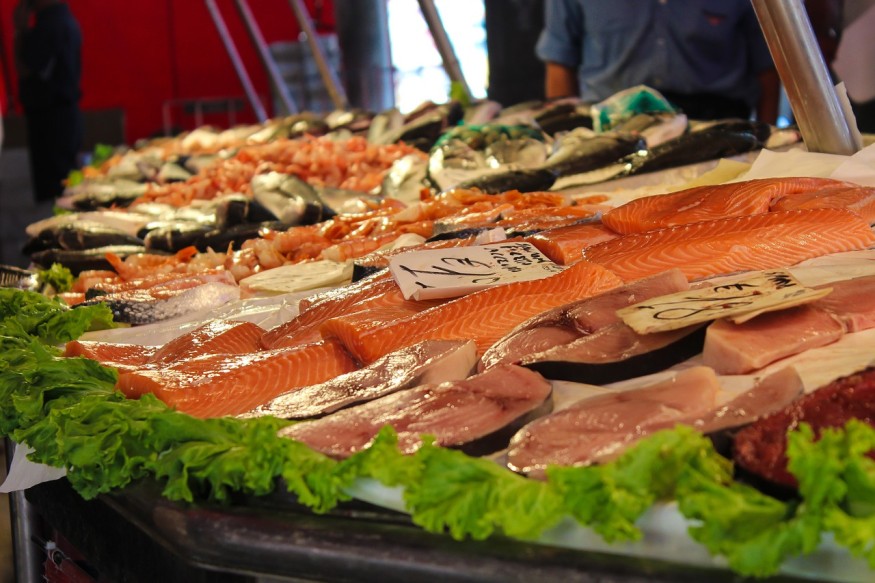Microplastics are present everywhere: in our oceans, in the air that we breathe, birds of prey, and even at the deepest and highest places on earth. Here is more: microplastics are found in our favorite seafood.
Five popular kinds of seafood bought from Australia revealed traces of microplastics in every single sample taken.
Microplastics were found in the following seafood samples brought from markets in Australia: wild blue crabs, wild squid, wild sardines, farmed tiger prawns, and farmed oysters.
The study findings were published in Environmental Science and Technology.

Finding Microplastics on Seafood in Australia
A novel spectrometry technique was done to scan for five different kinds of modern plastics. Researchers said that findings revealed that among the samples, squid from the Australian market had the fewest traces, while sardines had the most marks.
Polyethylene was found to have the highest concentration in the seafood sampled, while polyvinyl chloride or PVC was the most pervasive at was found in every sample.
Francisca Ribeiro, one of the study authors, said that the amount of plastics in seafood varies among species and individuals per species.
READ: Microplastics Equivalent to 120-300 Million Plastic Bottles Travel and Fall From Our Sky
Microplastics on Seafood Servings
The study also revealed that consuming an average meal of oyster or squid exposes a seafood eater to 0.7 milligrams of plastic. In contrast, an average serving of sardines presents us to 30 mg of plastic. She added that a grain of rice averages 30 milligrams in weight.
Previous studies show that it is also found in sugars, salts, alcohol, and water. But researches also reveal that seafood account for most of the plastic intake.
A study on European shellfish suggests that consumers ingest at least 11,000 microplastic particles every year, studies reveal.
There is limited information on what microplastics can do to human bodies. There have been several finds that in marine species, several studies indicate struggling with physical damage and oxidative stress. Many animals, like beach whales stuffed with garbage, have even died.
While the risk of microplastics on land mammals is yet unknown, it is essential to know how much of microplastics are we ingesting, and how much is enough to know that we are in danger.
READ ALSO: New Study Finds Microplastics in Sea Breeze
Effects of Microplastics on Human Health
It is unethical to administer or feed doses of microplastics to humans intentionally. Mark Browne, an ecotoxicologist at the University of New South Wales in Sydney, made use of medical studies to track how the plastics might move through humans. The studies indicate that minute microplastics can migrate through the body and accumulate in bloodstreams.
Hamsters injected with microplastics revealed that the particles could cause blood clots. As microfibers are also found in the sea breeze, small airborne particles move deep into the lungs and cause several diseases, including cancer. Exposure to plastic food and beverage containers also exposes people to BPA, a known endocrine disruptor.
READ NEXT: Researchers Confirm: Microplastics Found in Florida's Birds of Prey
© 2025 NatureWorldNews.com All rights reserved. Do not reproduce without permission.





